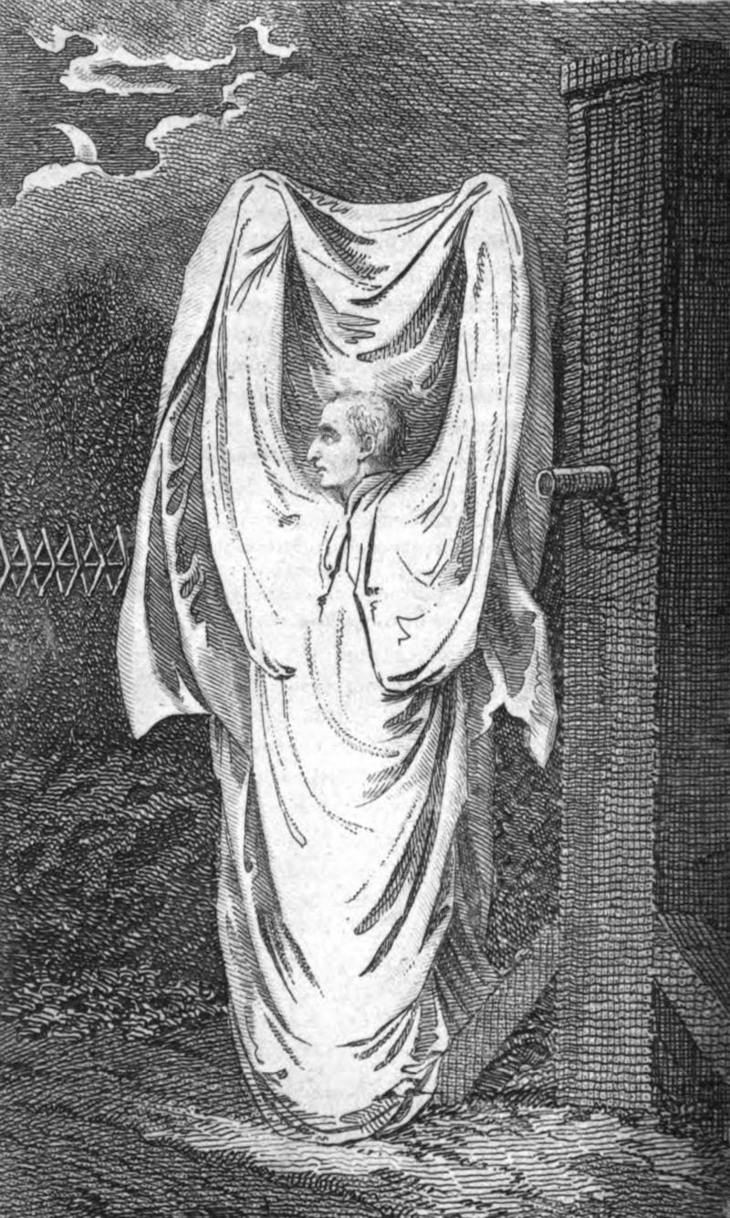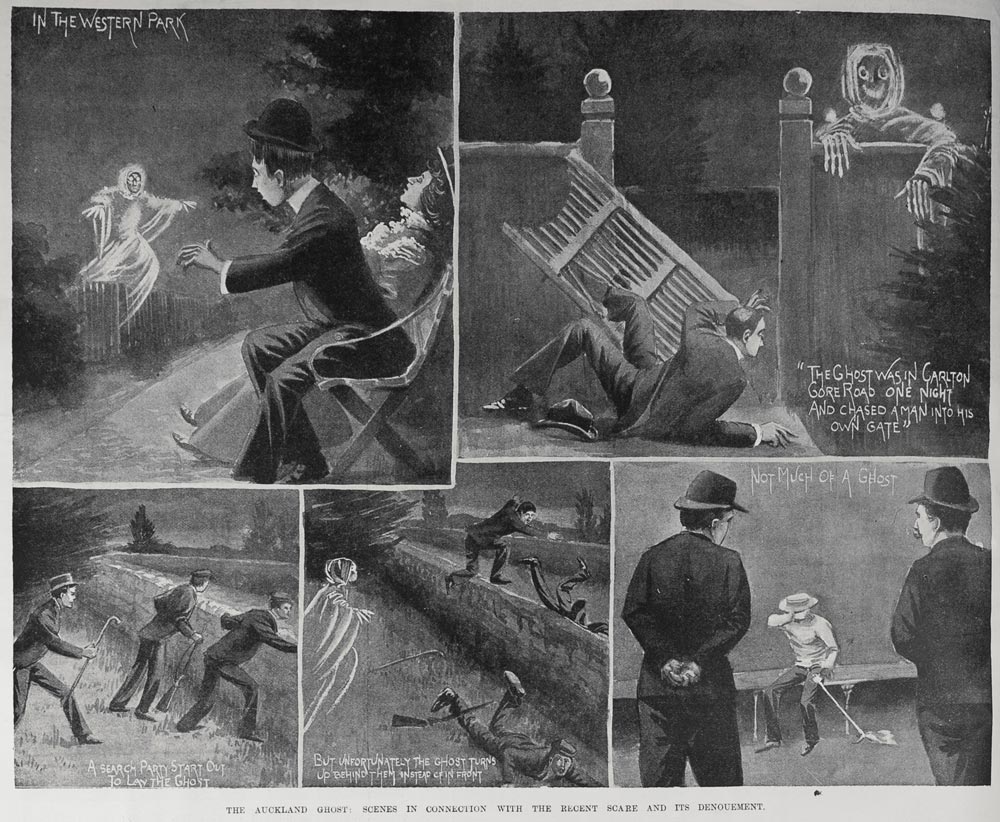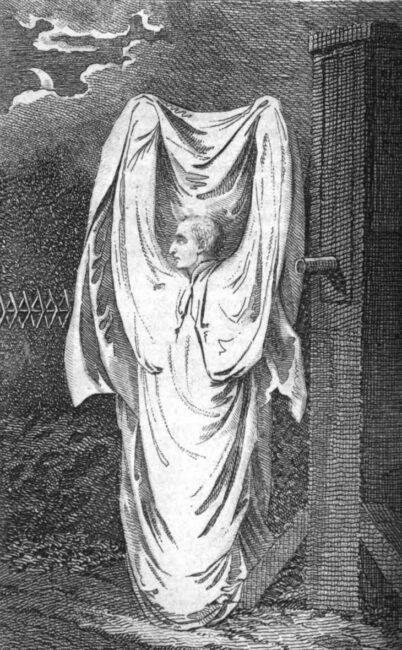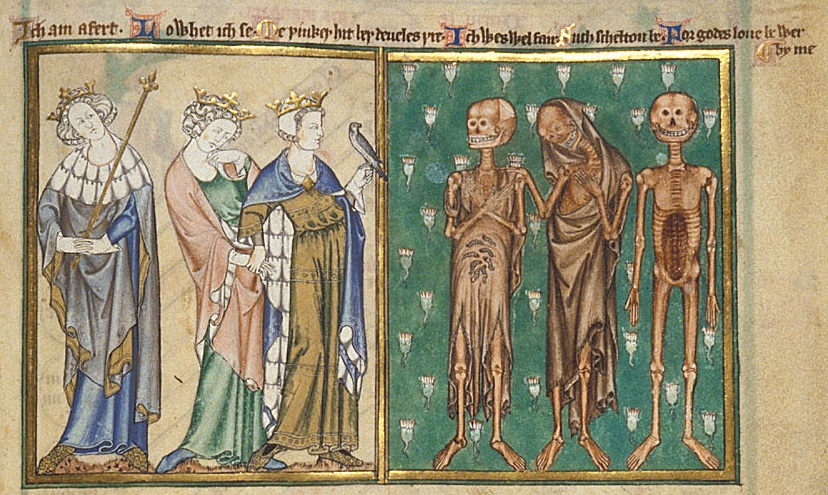 I’ve always loved the look and concept of sheet ghosts.
I’ve always loved the look and concept of sheet ghosts.
They were pretty much my first childhood view of a ghost and how they may or may not look. After-school television and comics gave me my first taste of the mysterious supernatural world, with regular antics from the likes of Casper the friendly ghost and Scooby Doo.
Scooby and the gang began exposing ghosts and alleged ghouls as nothing but human-made frauds back in 1969, with ”Scooby-Doo, Where Are You!” (never could figure out why they used an exclamation mark, as it was a question)
The culprits were usually unscrupulous businessmen or the town mayor with some sort of financial gain or corrupt business agenda to cover up. At the end of each episode, the sheet would be ripped away to expose the disgruntled perpetrator of the crime waving his fists at ”those pesky kids!”. Not to forget, of course, the opening credits of that show featuring a bedsheet ghost.
I remember back to one episode of Popeye. Created back in 1957, the show depicted him typically gobbling his energy-giving can of spinach to annihilate a mob of spooks on a haunted ship. Spoiler alert, Popeye won the day, and the show ended with Olive Oyl sewing the ghosts’ shrouds together to make a giant sail.
Or there’s that classic scene in Tim Burton’s “Beetlejuice,” in which the young deceased couple, put on bed sheets in a poorly executed attempt to scare off one of the new tenants of their country home.
Even one of my favorite aliens draped a sheet and headed out trick-or-treating in Steven Spielberg’s 1982 film “E.T. the Extra-Terrestrial,”
One of my favs however is from the classic 1966 Halloween special, “It’s the Great Pumpkin, Charlie Brown.” In this one, Charlie Brown and his friends go trick-or-treating, with a few of them dressing as ghosts in simple white sheets. Charlie Brown, however, being his typical awkward and ever-bumbling self, isn’t good at arts and crafts, and has trouble with the scissors. This in turn makes a mess of his sheet, cutting holes all over because he couldn’t get the eye positioning right (this I can totally relate to in my early years!) A Swiss cheese ghost? Well, it was hilarious at the time. Now, while I’m on this train of thought, I’m wondering how many bedsheets have we lost to senseless acts of lazy Halloween planning, or poorly skilled DIY craftspeople over the decades?
Previous to this, in 1937 Disney released The Lonesome Ghosts. A short cartoon featuring Mickey Mouse, Donald Duck, and Goofy, playing the parts of ”ghost exterminators” hired to clear a house of its unruly and mischievous spirits. The cartoon ghosts were transparent and wearing hats. Their loose-fitting clothing, including capes, were clearly fashioned out of bed sheets.
For centuries, the cliched “bedsheet ghost”, remained a simple idea. A plain white bed sheet with two cut-out holes for eyes has been something of a cultural staple. A classic and possibly too overly simplified representation of what a deceased person looks like. Like many images common to modern culture, the Bedsheet Ghost began as a theatrical convention, especially in entertainment and pop culture, that has long since lost its context.
At the start of the sixties, the spectral fashion trend was starting to dwindle. It seemed sheets just weren’t scary anymore and didn’t really elicit the intended fear they did in the beginning.
There was a sense that bedsheet ghosts, along with various other superstitions and beliefs, should be relegated to the realms of old-fashioned silliness, reserved only for the children. No longer relevant and suitable only for comedic purposes. On November 8th, 1964, North Carolina’s News and Observer declared: “Styles in ghosting are changing. Dwindling into obscurity are the old fashioned groaning, flapping, bedsheet ghosts and the simple white objects which jump out of dark places and say ‘Boo!’ These are fading along with simple haunted houses, graveyard ghosts, and headless horsemen.”
Another question that was often raised was whether or not the ghosts dressed in what they usually wore, or what they died in. Did ghosts get to choose their clothing in the afterlife? or was it automatically decided on death? If what they were buried in was how they were seen in later ”life”, wouldn’t we be seeing more male ghosts in suits or formal attire?
In earlier times, white linen burial shrouds have been used to wrap and bind the dead for hundreds of years. The wealthy were usually wrapped in a shroud and placed in a coffin. Poor people, on the other hand, were often buried without a coffin, wearing only a shroud.
Over time, ghosts were depicted as less corporeal by showing the shroud without a body underneath it. Some stories even go one step further by showing the ghost as a wispy or even rounded, anatomical mass of ectoplasm, sans clothing, à la Casper the Friendly Ghost.
Art and literature from the early 1300s often portrayed ghosts as skeletons draped in their shrouds or white burial sheets. The most notable example is in “The Three Living and the Three Dead” – an illustrated story from the book “De Lisle Psalter”. Here, three skeletal corpses, covered in maggots, warn three young noblemen about the inevitability of death.
Mediums and psychics would fool audiences by hanging sheets over simple pully mechanisms, to convince audiences that they’d summoned spirits. With some atmospheric lighting to hide wires and an audience of unwavering believers, the charade was pulled off many a time.
 The idea of people donning bed sheets with ill intent soon started to become quite problematic, believe it or not.
The idea of people donning bed sheets with ill intent soon started to become quite problematic, believe it or not.
In England during the Early Modern Period (lasted c. 1450 – c. 1750), the sheet trend reached criminal levels, with crooks donning white sheets to carry out their crimes in disguise to remain anonymous. Mounting reports of assaults and attacks by ”someone” wearing a sheet, resulted in the formation of citizen vigilante groups to patrol and keep the towns safe.
One famous case was the unfortunate misidentification and killing of Thomas Millwood in Hammersmith, England on 4 January 1804. Thomas, a brick-layer who was dressed in all white at the time, was mistaken for a wanted criminal and shot down in the streets by an angry late-night patrol group who had gone out to look for the ghost after fresh reports. These days the story has changed narrative somewhat in that people now tell stories of how the vengeful spirit of Thomas Millwood supposedly haunts the Hammersmith area where he had been shot and killed.
Over here in New Zealand, we also had our local sheet ghost to report.
One historic ghostly encounter that apparently terrorised many inner-city Auckland revelers back in 1901, was known simply as ”The Newton Ghost”.
This alleged spectre was said to haunt the central Auckland areas of Grafton, Eden Terrace, Newton and Western Park. The elusive phantom was described as ”clad in a white sheet which seemed to emit a phosphorescent glow”.

 The Newton Ghost, evidently rather fit, was said to ”leap out to terrify men and women walking the district’s streets at night, then bound away”. Witnesses reported the ‘ghost’ ”ran away at speed, bounding over high fences to escape.”
The Newton Ghost, evidently rather fit, was said to ”leap out to terrify men and women walking the district’s streets at night, then bound away”. Witnesses reported the ‘ghost’ ”ran away at speed, bounding over high fences to escape.”
At one point a local constable nearly captured the assailant. However, the agile ”Newton Ghost” pulled a swift ”leapfrog” maneuver over his head and escaped.
Newspapers, like the popular and much-read Auckland Star, got in on the ghost hype, calling for vigilante action. Suggesting the perpetrator be delivered a ”non-fatal wound with horsewhips and rifles loaded with rock salt”. Another newspaper, The Observer, demanded he or she is “soundly thrashed” when captured.
A special patrol team was set up to search the streets in order to locate this mystery menace, whose reputation and stories were swiftly starting to spread.
The notorious Newton Ghost had caused quite a stir, appearing in numerous places around the inner and even the outer-lying CBD areas, all in one night. To the point, it was thought that a few others had taken on the guise, of a copycat effect. How could this mystery person be covering so much range and frightening so many unsuspecting people in such a short time?
Despite the many hours put in by local police and the community patrol, no one was ever caught or arrested for the strange incidents. The mystery ghost eluded many for some time, then seemed to just disappear forever. The Newton Ghost to this day remains a mystery.
Who was this agile and physically remarkable individual who terrified and escaped so many for so long? What the heck was used for its alleged ”phosphorescent glow”?
If it is in fact not a ghost, then I’m assuming he or she who successfully pulled off this stunt would be long deceased by now. Okay, now my train of thought is asking me what the Newton ghost might be wearing in his / her afterlife!
After at least what seems a couple of decades of the old sheet ghosts disappearing, it seems like the theme is in a resurgence within popular culture again.
These days, you’ll find the classic bedsheet ghost, in all manner of variations. They can be found cutely adorning clothes, Halloween decorations, homewares, and furnishings. Also all over on social media in memes, gifs, and emojis. As a costume, it is still used as a cheap and economical option for poorly planned social functions or a kid’s Halloween requirements. It’s often considered the poor man’s, (or lazy person’s ) costume, but it’s always held its special appeal for me. I like the fact it’s easy to make, can be added to, or kept minimal. It’s compact and easy to store away, and a costume that can be reused and repurposed on any seasonal whim. It truly is a versatile costume that for me has never run out of style and appeal.



